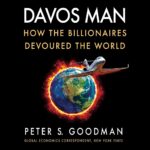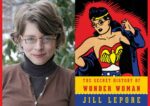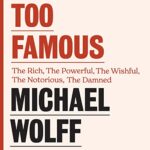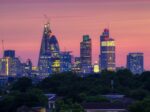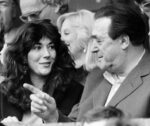Navigating ‘The Great Relearning’ revolution
When Covid-19 forced the brakes on the global economy, millions of people decided to step off the treadmill to refuel their aspirations. As many as 40-75% of the workforce is reported to be considering quitting their current job. This movement has precipitated a talent crisis, fuelling debate on whether this is the Great Resignation or the Great Reshuffle. While each analysis is insightful, we are looking at something completely different; we are at the tipping point of the Great Relearning Revolution. The workforce is eager to learn While attrition numbers have been widely reported, the number of people choosing to learn has not. Enrollment on popular MOOC (massive open online course) platforms has skyrocketed. At Coursera, it was 640% higher from mid-March to mid-April 2020 than during the same period in 2019, growing from 1.6 to 10.3 million. At Udemy, enrolment was up over 400% between February and March 2020. The e-learning market, growing at a compound annual rate of 20%, is on course to reach a trillion dollars by 2027. Among the courses in high demand are data science, artificial intelligence and machine learning. For those struggling to find talent in these areas, that’s promising news. This hunger to relearn within the workforce also reflected some interesting dimensions in other recent surveys. A Gallup-Amazon study revealed that 48% of workers in the US are willing to switch to a new job if offered skills training opportunities and 65% of them believe employer-provided upskilling is very important when evaluating a potential new job. A MetLife survey highlighted an even more interesting insight: two in three (63%) women who left the workforce during the pandemic said they are ready to return – and eight in 10 of those are considering careers in science, technology, engineering, and mathematics (STEM). We seem to be witnessing a redefining of literacy, akin to Alvin Toffler’s prophecy, […]


